Popular rangefinder cameras with great quality and value.
As a photographer myself, I believe that rangefinder cameras are an essential tool for any photographer who wants to capture the perfect shot.
Rangefinders are small and lightweight cameras that use a rangefinder to determine the distance from the lens to the object. They were popular before DSLR and mirrorless cameras took over and they’re still popular with a lot of photographers today.
Rangefinder cameras from this list are durable and can be used in rough environments. They are ideal for landscape photography because they can see through fog and rain, making them an excellent choice for outdoor photographers.

Type: Compact | Megapixels: 26.1MP | Max continuous shooting speed: 20 fps
Leica M11 is a great camera for photography, with a classic design that combines the latest digital technology. It's available in both silver chrome and black models, and both look absolutely stunning. The camera is also lightweight, making it easy to carry around.
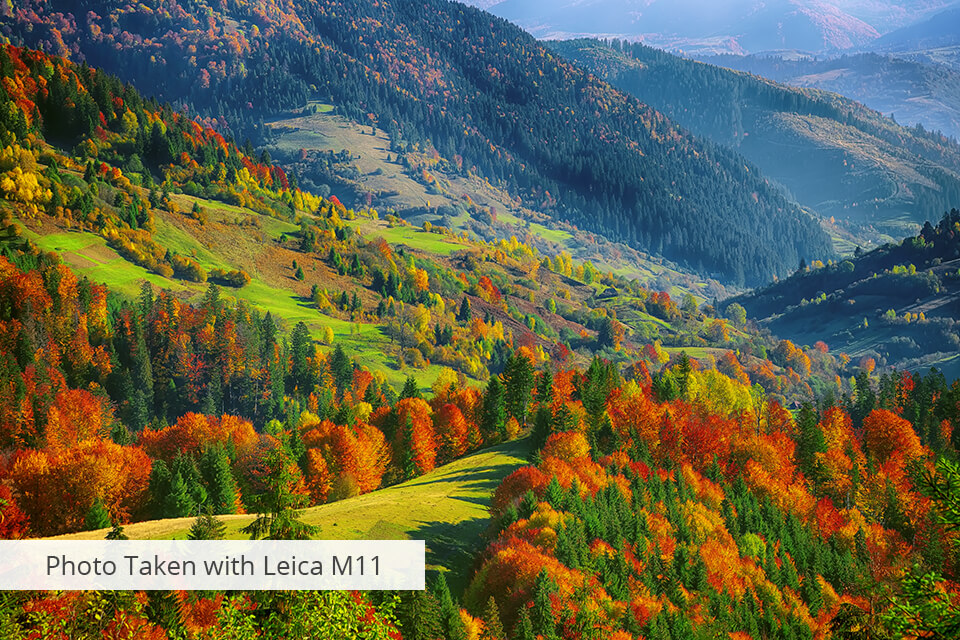
Photo taken with Leica M11
One of the main characteristics of the M11 is its sensor and lens combination, which produces high-quality images with a wide dynamic range. The M11 also features a new IR filter that captures more light in the corners than previous models, enabling it to offer a wide range of sensitivity and dynamic range in low light conditions.
Another great feature of this rangefinder camera is the Triple Resolution Technology, which allows you to choose between three different resolutions and produces more detailed and realistic images with higher contrast.
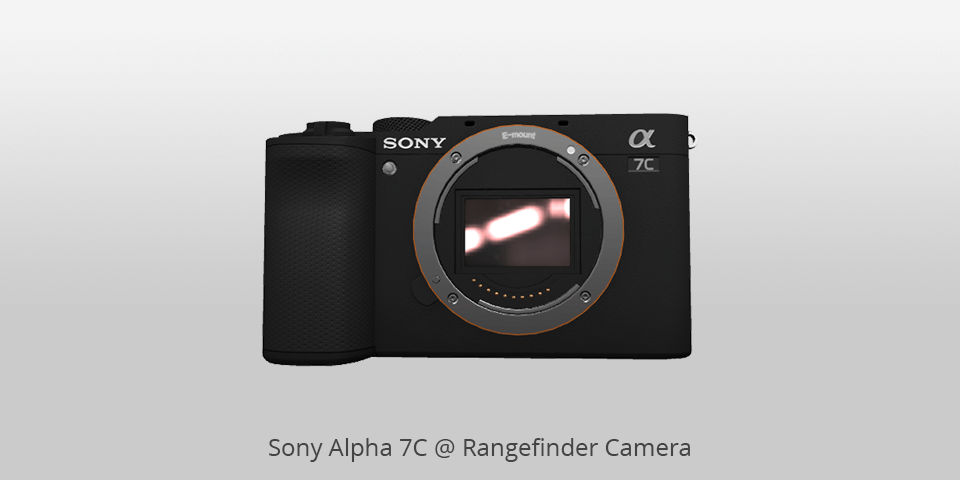
Type: Mirrorless | Megapixels: 24.2MP | Max continuous shooting speed: 10 fps
The Alpha 7C is designed with the user in mind and aims to offer convenience at every stage of shooting. This Sony camera has a large touch-sensitive LCD monitor for intuitive touch focus, tracking, and shutter operations.
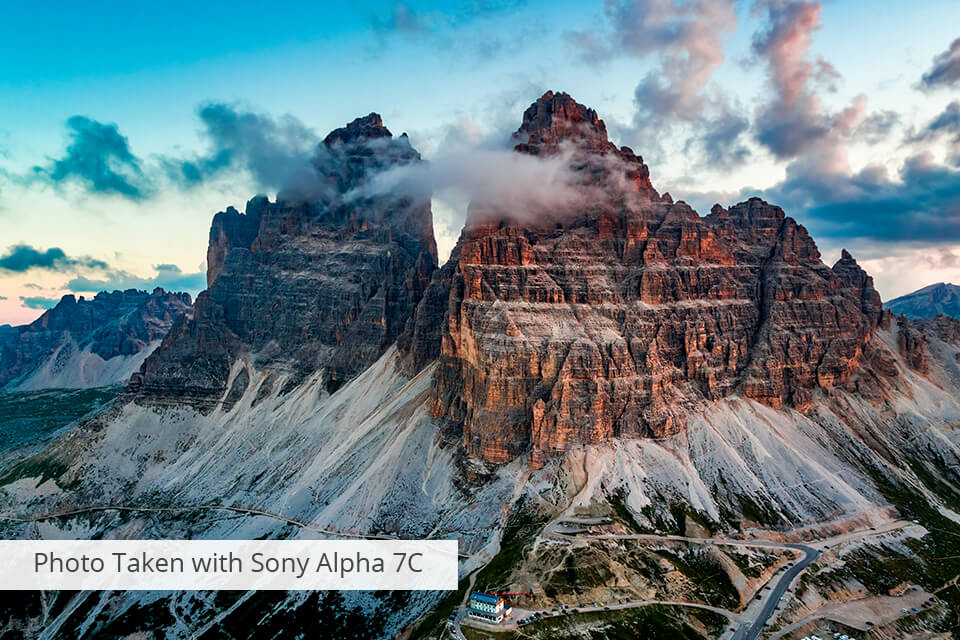
Photo taken with Sony Alpha 7C
Image quality is outstanding, especially considering the size of the camera's sensor and the limited processing power it needs to achieve results. The Sony A7C produced images of exceptional quality during my review period, delivering crisp and clear image quality at all ISO settings tested in both JPEG and RAW formats.
But with this full frame rangefinder camera, you can only take around 680 shots per charge. This is something you need to keep in mind if you're planning to do a lot of shooting.

Type: Compact | Megapixels: 26.1MP | Max continuous shooting speed: 10 fps
One of the biggest advantages of this Fuji camera is its optical viewfinder, which is one of the best I've ever used. In fact, it can stay on par with the best rangefinder binoculars. It's got a rangefinder-style body design, and the upgraded 3.69m-dot OLED EVF makes for improved viewing. And when you want to work in the same style you're used to, you can flick it away to reveal a clear 0.52x-magnification optical viewfinder.
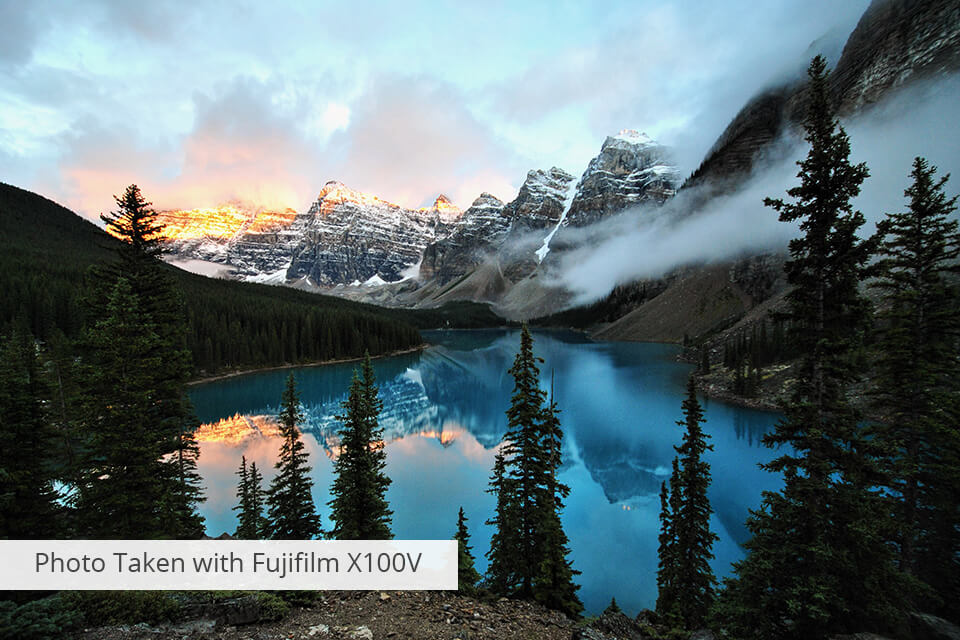
Photo taken with Fujifilm X100V
Being one of the best digital rangefinder cameras, the X100V also has a host of other features to keep you connected, such as Bluetooth and Wi-Fi, making it easy to wirelessly transfer images from the camera to your smartphone or tablet. It's also weather-resistant, which makes it ideal for outdoor use.
However, there are some drawbacks to the X100V. For instance, the buffer is shallow, which limits bursts to 1.5s of JPEGs and less than a second of RAW files. Also, the Delete button is situated too close to the viewfinder, making it impossible to reach without shifting your hand.
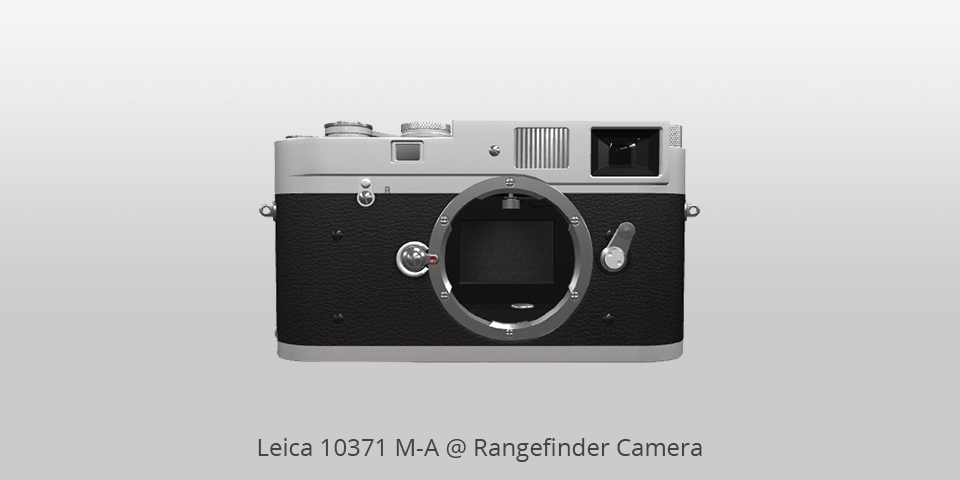
Type: Compact | Megapixels: 40.1MP | Max continuous shooting speed: 3 fps
As one of the best Leica cameras, it is completely mechanical, meaning it requires no battery for operation, which is a big plus in my book. It offers full exposure control with a shutter speed of up to 1/1000 sec, which is great for fast-paced events and portraits. The camera's compact, lightweight design makes it easy to carry around and shoot handheld.
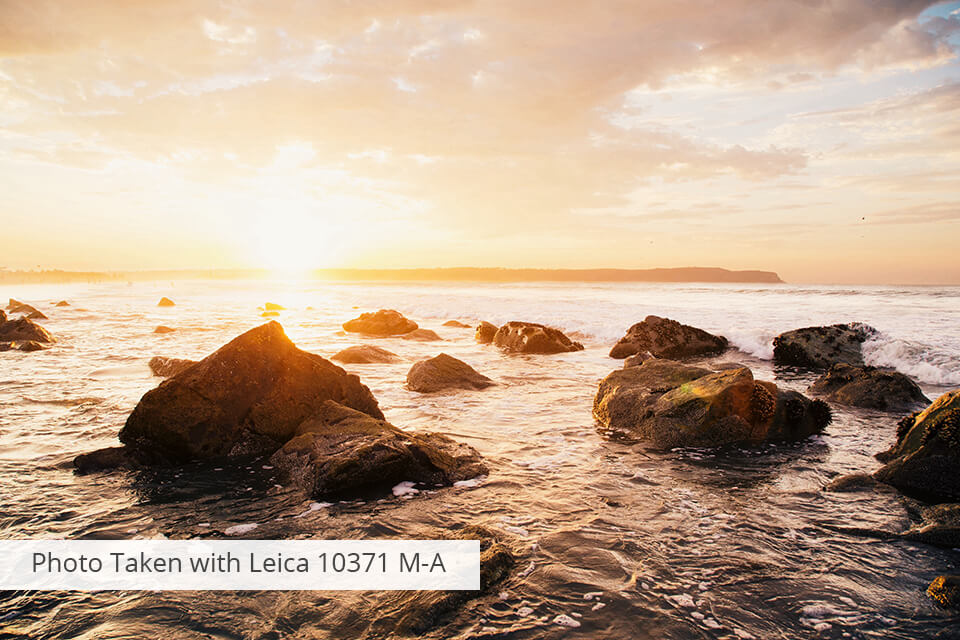
Photo taken with Leica 10371 M-A
This rangefinder camera has been designed to be timeless. Many of its components were used in the very first M cameras, exactly as they are today. No changes have been made to its mechanical way of working in the past 60 years, and there won't be any reason to do so in the coming 60 years either.
One problem you may encounter when using this camera is focusing on low light. To solve this issue, you can purchase a magnifier for your rangefinder camera or seek help from a professional rangefinder camera specialist.
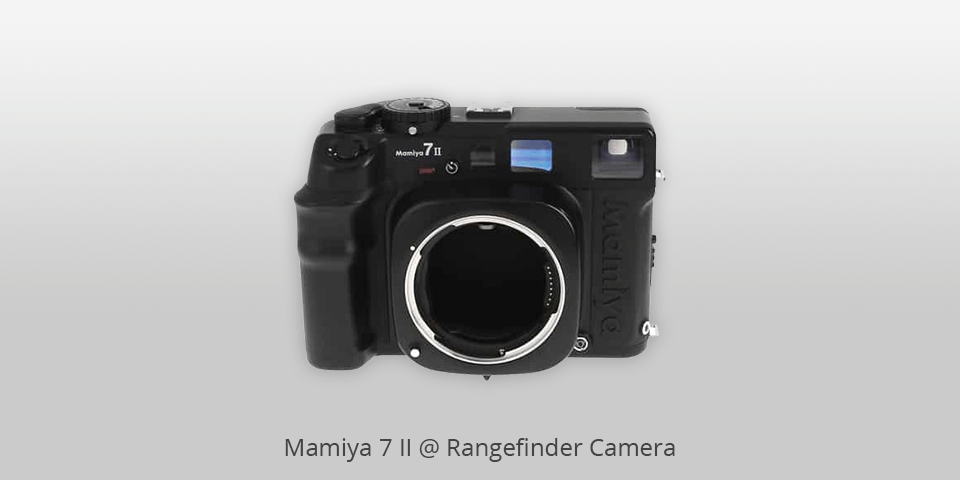
Type: Film | Megapixels: 25.2MP | Max continuous shooting speed: 10 fps
First, the Mamiya 7 II is a 6x7cm rangefinder camera with interchangeable leaf shutter lenses. This makes it a great choice for quick and accurate focusing in low light situations. The viewfinder is bright and precise, and the camera is built to last.
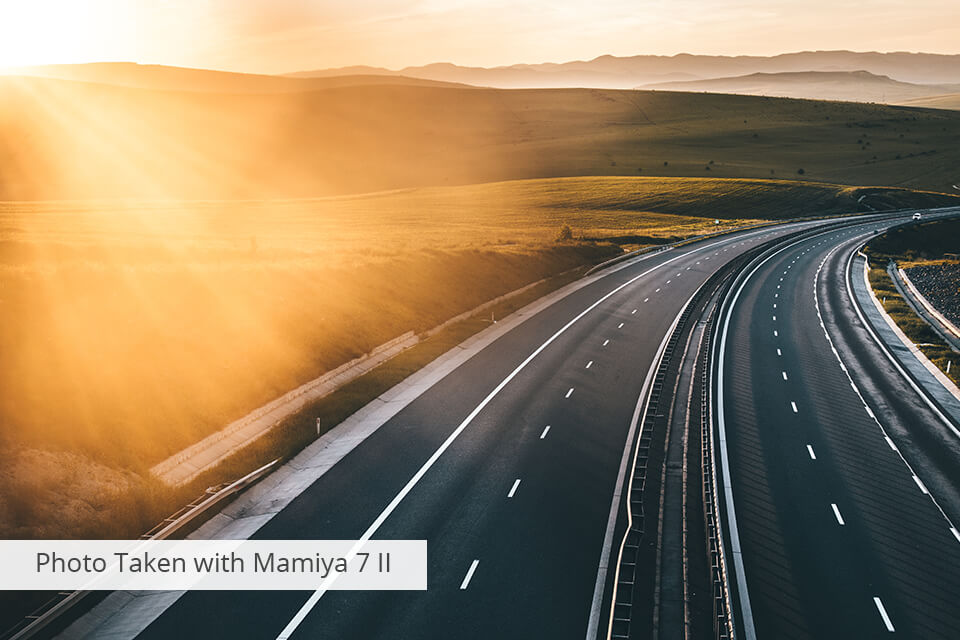
Photo taken with Mamiya 7 II
As for advantages, the Mamiya 7 II is renowned for its excellent image quality. It's a favorite among landscape photographers, and for good reason. The camera's lenses are all leaf shutter, and they are compatible with other film and digital cameras.
One issue is that it suffers from parallax, which can be compensated for in the viewfinder, but can still be a bit of a hassle. Also, the spot based meter can be difficult to compensate for when using filters, so it's important to have the right equipment and technique to get the best results.
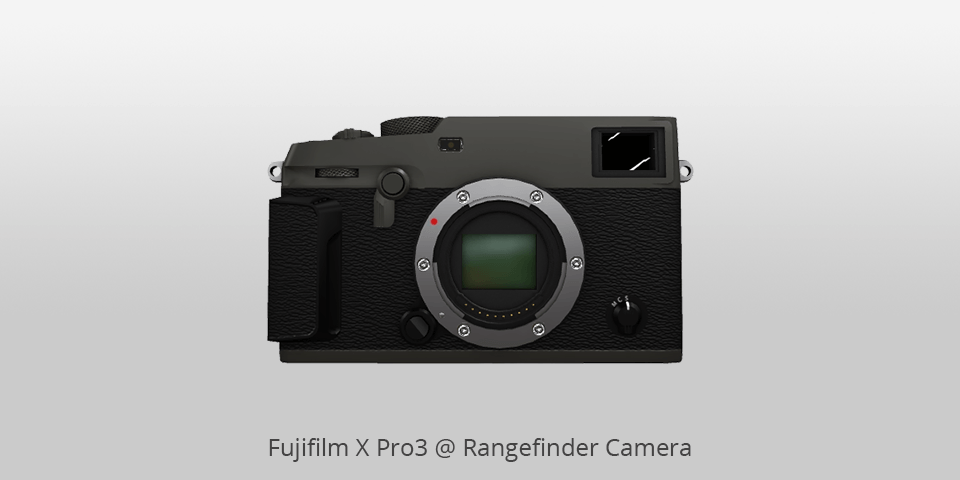
Type: Mirrorless | Megapixels: 26.1MP | Max continuous shooting speed: 20 fps
The X Pro3 is a lot of fun to use, making it an ideal choice for someone who's looking for an easy-to-use but capable good rangefinder camera that doesn't need to be accompanied by expensive gear. It's perfect for street photographers who want to avoid using flash or other studio equipment.
The e-rangefinder function is a big improvement over the X-Pro 2's optical viewfinder, allowing you to see the actual focal length you're going to be capturing with your lens in real time. This is an excellent feature for identifying subjects in a crowd and adjusting your f-stop without having to look through your rear viewfinder.
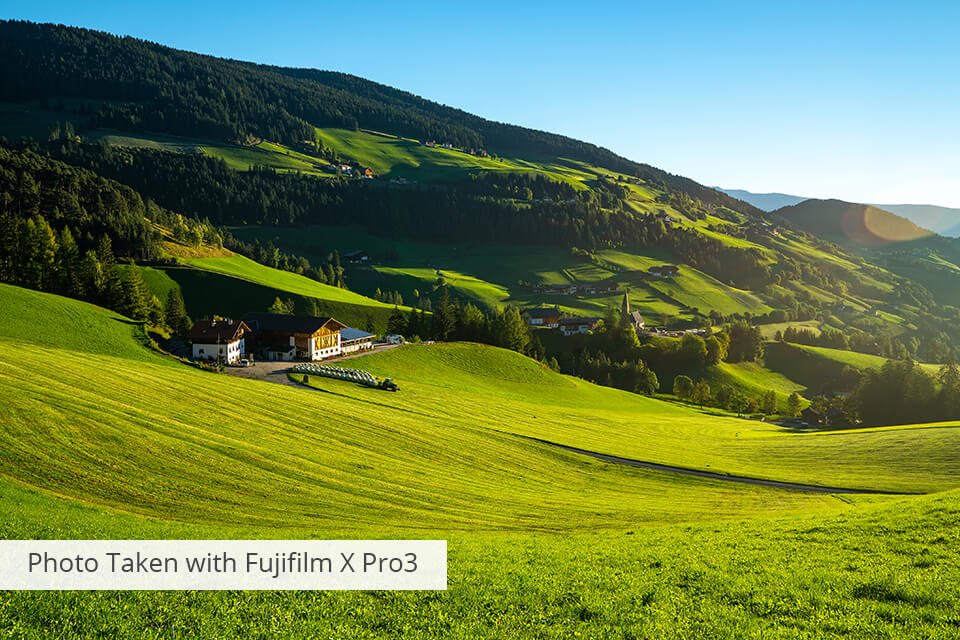
Photo taken with Fujifilm X Pro3
However, there are some disadvantages to this camera as well. The E-Ink display on the back can be difficult to read at certain angles, which is a shame. But the camera's main display is visible when you flip down the rear panel, and a small sub-monitor on the back of the E-Ink allows you to review and navigate settings.
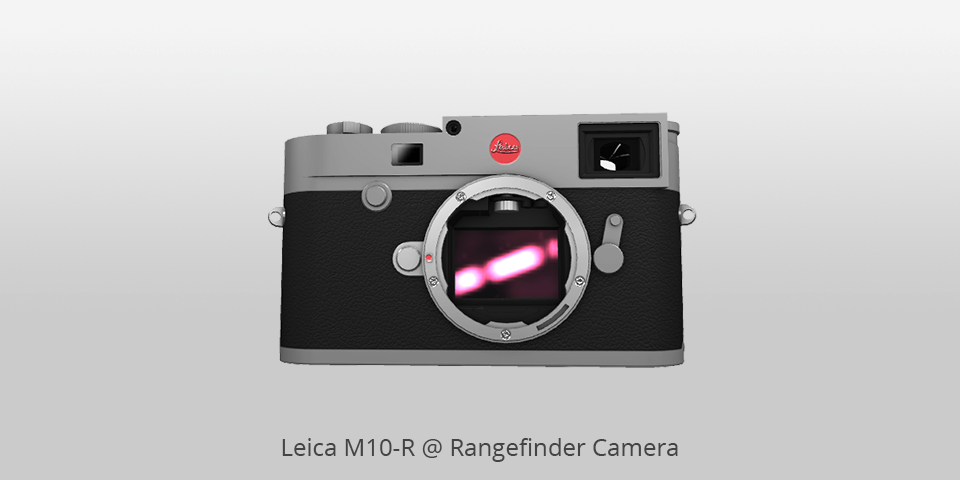
Type: Compact | Megapixels: 40.1MP | Max continuous shooting speed: 16 fps
One of the main advantages of the M10-R as rangefinder camera is its high-resolution sensor, which delivers exceptional image quality with extended dynamic range and high sensitivity to ISO 50000. This means that you can capture sharp details and vivid colors on print-ready RAW files, making it a great choice for portrait photography.
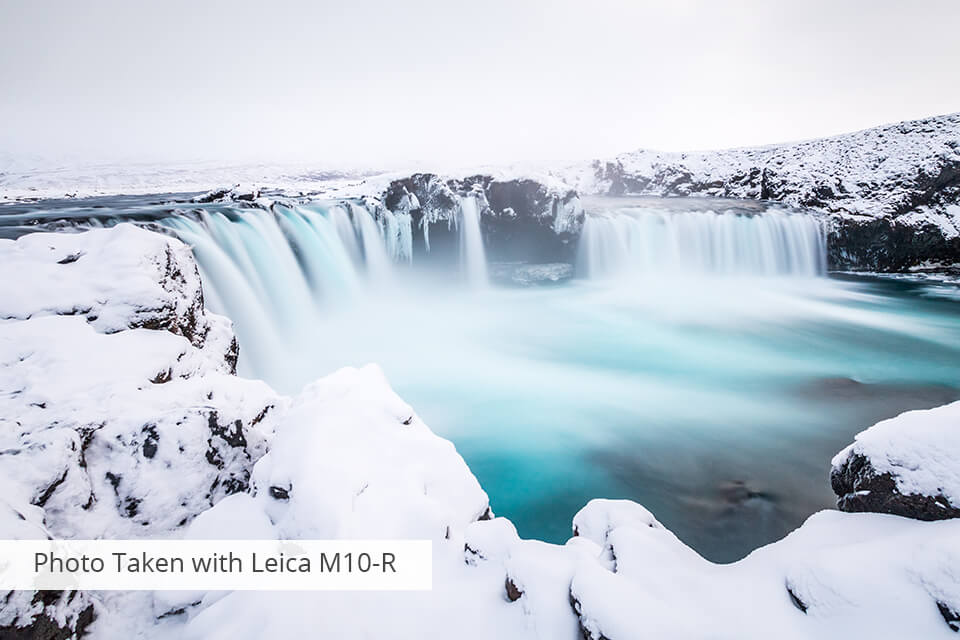
Photo taken with Leica M10-R
Another benefit of the M10-R is its compatibility with a wide range of lenses. This is thanks to its redesigned sensor, which has been developed specifically for use with M-mount lenses.
However, there are a few downsides to the M10-R that should be mentioned. One of the main issues is the price, which is quite steep. Additionally, the camera can feel unwieldy in your hands, and it may be uncomfortable to carry for long periods without a neck strap.
| IMAGE | NAME | FEATURES | |
|---|---|---|---|

|
Leica M11
OUR CHOICE
|
CHECK PRICE → | |

|
Sony Alpha 7C
COMPACT
|
CHECK PRICE → | |

|
Fujifilm X100V
WATERPROOF
|
CHECK PRICE → |
As an experienced photographer, I can tell you that there are a few key characteristics that you should consider when choosing the best rangefinder camera.
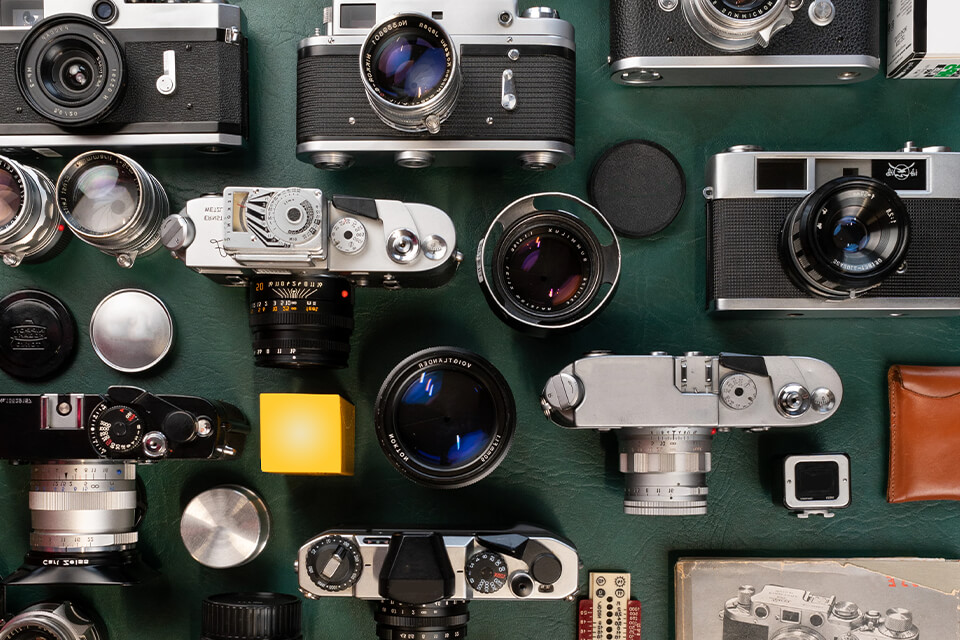
Ease of focusing. These cameras have a more precise optical viewfinder than modern DSLR cameras for videos and photos, which makes focusing much easier. Look for a coupled rangefinder, which has the focusing ring and distance ring linked together, for added convenience.
Accuracy is key. Modern rangefinder cameras use triangulation to measure the distance to a subject and convert that value into a lens focus value. This results in a split-image displayed in the viewfinder, indicating which of the two images is aimed at the subject.
Make sure to check your depth of field with a depth of field calculator before pressing the shutter button.
Durability. The best rangefinder cameras are made to last for a long time, with tough parts designed to withstand many different environments.

Size. Such cameras are typically smaller and lighter than SLRs from different camera brands. They don't have prisms, focus screens, or flipping reflex mirrors, which means they are more portable and less prone to vibrations that blur hand-held shots.
Convenience. A good rangefinder camera is typically very light and small, making it easy to carry around when you're on the go. Plus, the automatic exposure feature can save you time and hassle in adjusting settings each time you take a shot.
A rangefinder camera shows two images of the same subject, which change when you move the focus ring on the lens. When the two images overlap and merge into one, you get a pin-sharp image of your subject.
These have higher image quality and more precise focusing for wide and normal lenses. They are also quieter and more compact, making them great for urban photography and photojournalism.
There aren't many brands and models of good rangefinder cameras, which means prices are high due to supply and demand. Manufacturers are not simply overpricing their cameras, but rather, they are dependent on a supply and demand market.
Leica is widely regarded as a top brand for high-quality rangefinder cameras, known for their precision engineering and exceptional optical performance. Additionally, Fujifilm also offers excellent rangefinder cameras with a blend of modern technology and classic design, delivering outstanding image quality.
The rangefinder focusing mechanism consists of two separate optical paths that converge on the viewfinder. When the photographer adjusts the focusing ring on the lens, it shifts the image seen in the viewfinder. As the two images align, the focus is achieved. This method allows for precise manual focusing, especially in situations where autofocus may struggle, such as low-light conditions or with subjects lacking contrast.
The Leica M series is widely recognized as one of the most iconic and influential rangefinder camera lines in history, with models like the Leica M3, M6, and M10 garnering immense praise from photographers. Another notable rangefinder camera is the Contax G1/G2 series, which offered autofocus capabilities and high-quality optics, earning a dedicated following among enthusiasts.